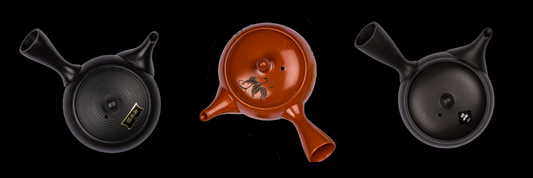-
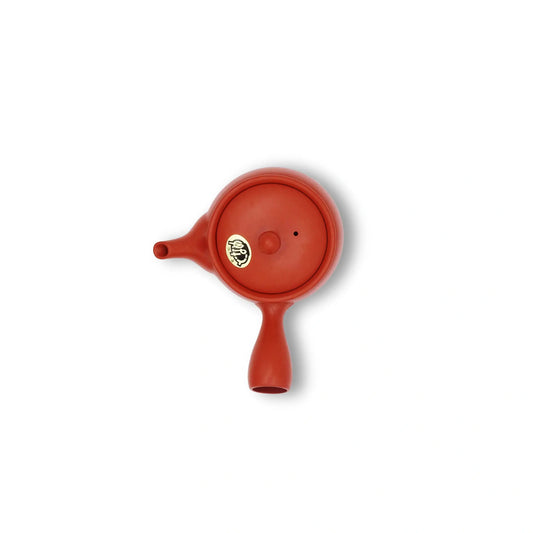 On sale
On saleRed Japanese Clay Teapot
Regular price £24.00Regular priceUnit price per£35.00Sale price £24.00On sale -
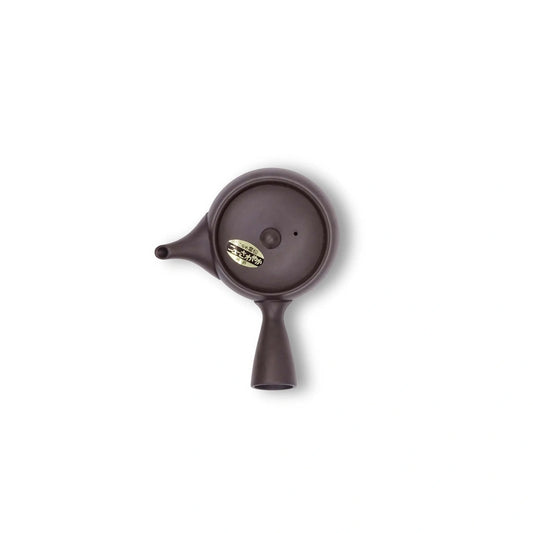 On sale
On sale -
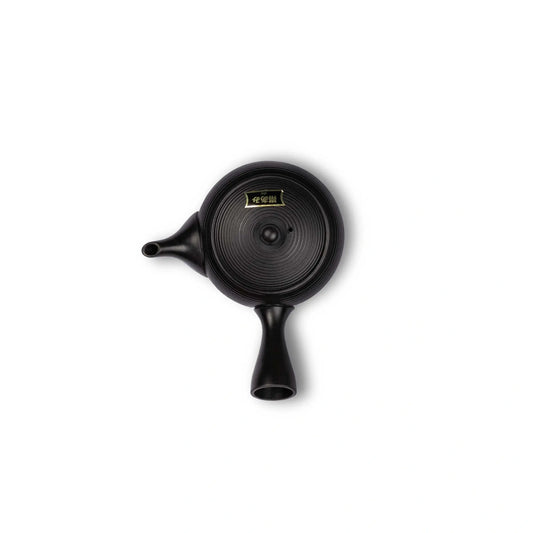 On sale
On saleTokoname Kyusu Fukamushi Teapot
Regular price £69.00Regular priceUnit price per£77.00Sale price £69.00On sale -
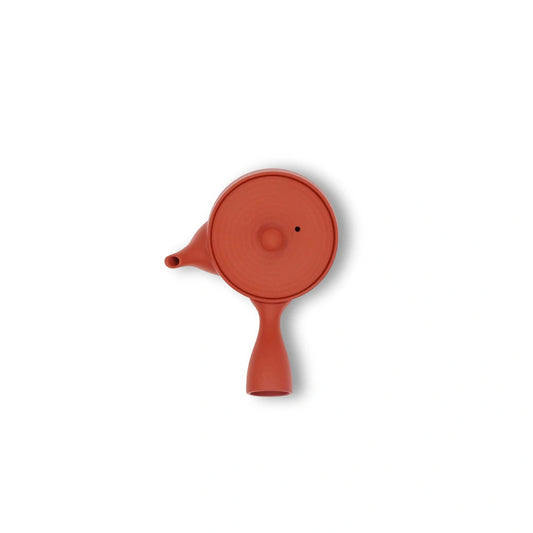 On sale
On saleRed Tokoname Kyusu
Regular price £30.00Regular priceUnit price per£45.00Sale price £30.00On sale -
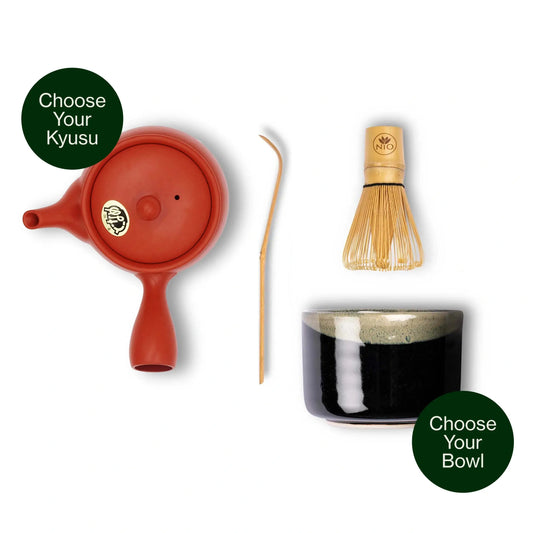 On sale
On saleCustomizable Japanese Tea Set
Regular price £61.00Regular priceUnit price per£92.00Sale price £61.00On sale -
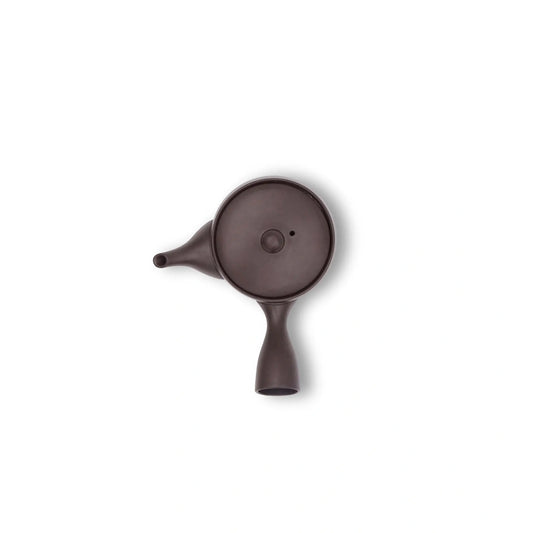 On sale
On sale -
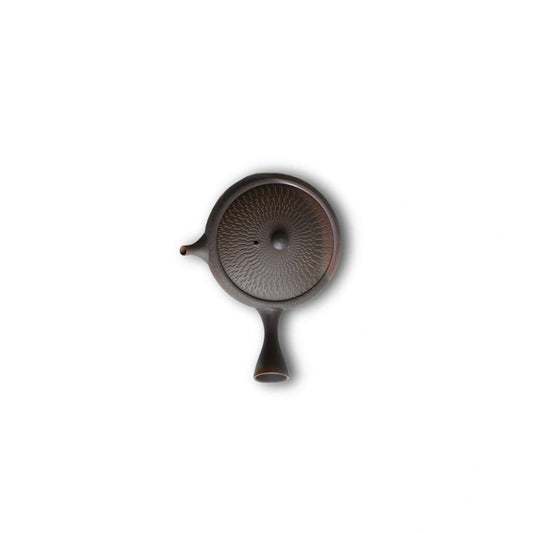 Sold out
Sold out -
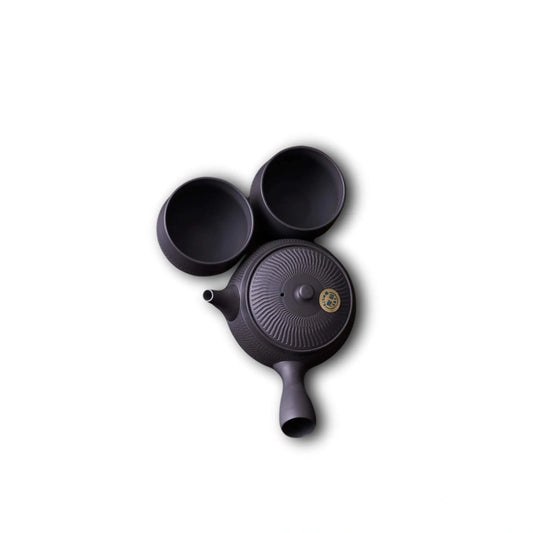 On sale
On saleTosen Kyusu Teapot Set
Regular price £146.00Regular priceUnit price per£190.00Sale price £146.00On sale

What is a Japanese Kyusu Teapot
The Japanese kyusu teapot is the perfect tool for brewing loose leaf green tea. It has a wide base, built in filter and a hollow side handle for pouring. The wide base allows the leaves plenty of space to open up and release their flavor into the water. The filter automatically sifts out the leaves and the side handle makes it easy to pour the tea with just a simple turn of the wrist, without burning your hands.
Which Teas can you brew with a Kyusu teapot
The clay kyusu is the best tool for preparing most types of Japanese green tea, but we will briefly cover a few of them here. All of these teas are just waiting to be prepared in your new Japanese kyusu teapot.
Explaining the different types of tokoname kyusu
We have 2 main types of tokoname kyusu to choose from, and they are broken down by color. The color doesn’t have a whole lot to do with the performance of each teapot, but it is interesting how each is produced.
Kyusu teapot filters
Another way to find the best kyusu teapot for a particular type of tea is to break it down by the type of filter. The two main types of filters in the kyusu are metal and clay, and each comes with its own benefit which we will dive into in a moment.
-

Metal Filter in a Kyusu Teapot
The metal filter is more common in clay teapots intended for beginners like the red tokoname kyusu. With certain teas, especially fukamushi or deep steamed tea, which can have smaller leaf particles. The only downside is that some seasoned tea drinkers claim that the metal can alter the flavor of the tea itself.
-

Clay Filter in a Kyusu Teapot
This is the best kyusu teapot if you are more of a Japanese tea connoisseur. This clay filter was carved directly into the teapot as it is being made and as a result, the tea is only in contact with clay, no metal. Some serious tea drinkers claim this makes a big difference, but if you are new to the world of Japanese green tea, you may not notice it as much.
Frequently Asked questions
Need help? We've Got Your Covered…
Delivery
We currently offer free delivery options for everyone around the world. For certain orders, we also provide free express shipping, which usually arrives in just a couple of days. If your order is time sensitive, make sure you have one of the faster delivery options selected at checkout.
Teas and Teaware
Have questions about any of our products? You can either ask our customer service team, or refer to the hundreds of videos we have on YouTube, Instagram, Facebook and TikTok for more information.
Order issues
While things usually are sent out quickly and efficiently from our E.U and U.S distribution centers, there are some delays due to customs, holiday traffic and weather. We can provide you with tracking information when you order so you’ll know where your tea is at all times!
Payments
We currently accept payment by major credit card, paypal, apple pay and bank transfer. If you have any questions about your preferred payment method, please be sure to reach out to us and we can figure something out to accommodate you!
Returns & Refunds
While returns are very rare at Nio, they occasionally do occur. We want everyone to be satisfied with the tea they get, so we would prefer to offer a replacement tea rather than leave someone with a tea they don’t like. Please be sure to reach out to us and we can solve whatever issues you might have with the tea you ordered.



















